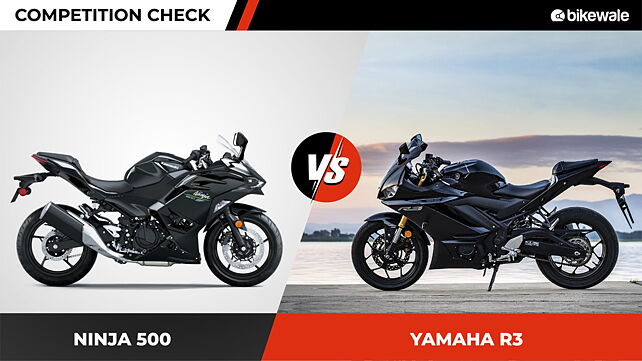
The Kawasaki Ninja 500 made its India debut recently and the Japanese manufacturer caught everyone by surprise, by pricing it at par with the Ninja 400, which is the older bike. Nevertheless, it remains the most expensive bike in its class at Rs. 5.24 lakh, ex-showroom, since it is a CBU. If you are looking for alternatives to the Ninja 500, the Yamaha R3 is worth looking at. This is how they stack up against each other.
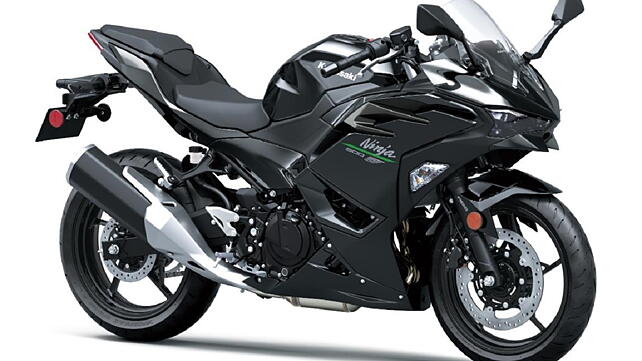
Design
The Kawasaki Ninja 500 looks like an evolution of the Ninja 400 and bears the “family face” of recent Ninja’s like the ZX-6R. There are sharp, aggressive lines across the length of the fairing and there’s a nice sense of proportion to the design.
The Yamaha R3 looks equally good and has a more curvier design language. Take the front fairing, the shape of the headlights and the lines on the side fairing for instance. The styling of the tail section is neatly executed as well, but it’s the only portion that has remained unchanged for a few years.
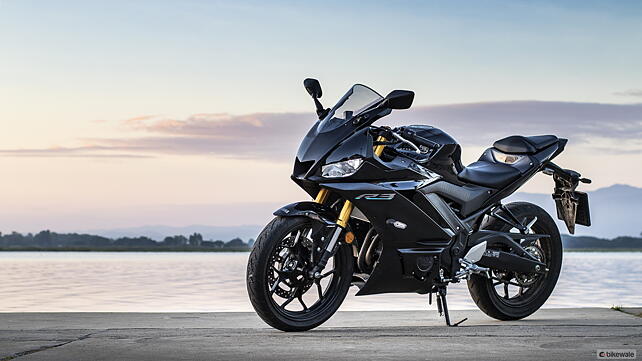
Choosing between the two bikes in terms of design is going to come down to personal choice. That said, we wish Kawasaki would’ve launched the SE version of the Ninja 500, draped in the Kawasaki Racing Team (KRT) colours instead of sticking with the standard version for India with the staid-looking black colour.
Features
Both motorcycles feature all-LED lighting and LCD instrumentation. The Kawasaki, however, steals a point by offering an instrument cluster with Bluetooth connectivity. The negative LCD also looks more premium and modern than the simple LCD on the Yamaha.
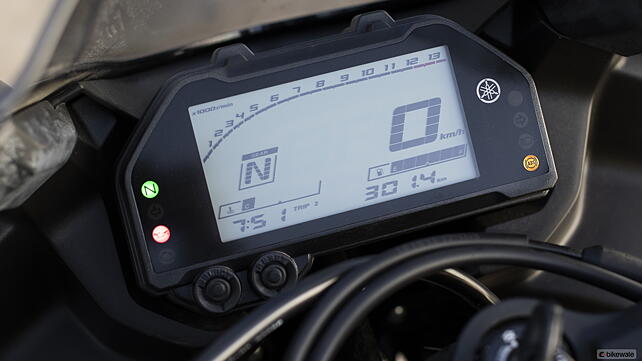
Engine
The Ninja 500 has a clear displacement advantage over the R3. The Kawasaki is powered by a 451cc, liquid-cooled, twin cylinder engine that develops 45bhp at 9,000rpm and 42.6Nm at 6,000rpm. On the other hand, the Yamaha R3 has a 321cc, liquid-cooled, parallel twin engine that produces 42bhp at 10,750rpm and 29.5Nm at 9,000rpm.
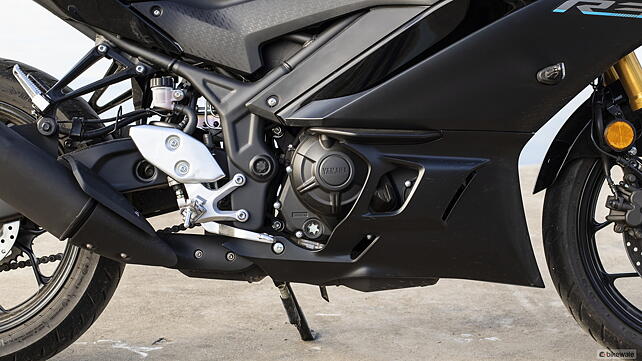
On paper, the Kawasaki should offer faster acceleration and possibly a higher top speed than the Yamaha. That said, Yamaha's engine has a proven track record and is known for its ability to offer good performance and fuel economy. The Ninja 500’s engine is all-new and we shall be testing it soon.
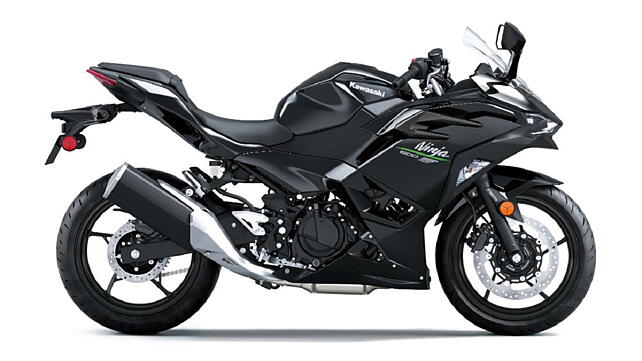
Hardware
The Ninja 500 employs a steel trellis frame that’s suspended by a 41mml telescopic fork and a gas charged monoshock. Braking duties are taken care of by a 310mm disc at the front and a 220mm disc at the rear.
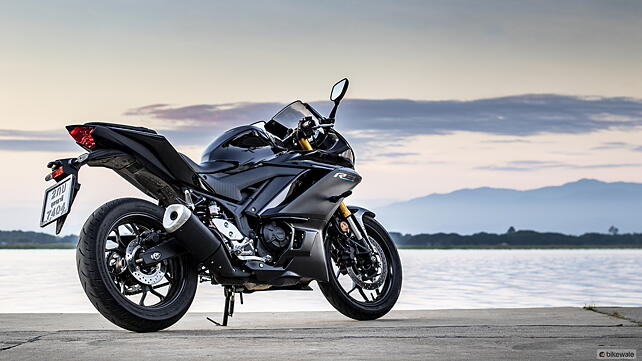
In contrast, the Yamaha uses a diamond frame with a USD fork and monoshock. The USD is sure to offer better rigidity at the front end than the Ninja’s telescopic fork. Braking hardware on the R3 consists of a smaller, 298mm front disc and a 220mm disc at the rear.
Price
The Yamaha R3 and the Kawasaki Ninja 500 are both CBU imports. However, the Yamaha is the more affordable option with its Rs. 4.64 lakh, ex-showroom price tag. The Kawasaki costs significantly more at Rs 5.24 lakh. Choosing between the two should come down to whether one wants the tried and tested R3 or wants to see what the brand-new Ninja 500 has to offer.
![Kawasaki Ninja 500 [2024-2025] Image Kawasaki Ninja 500 [2024-2025] Image](https://imgd.aeplcdn.com/272x153/n/cw/ec/171195/ninja-500-right-side-view-2.jpeg?isig=0&q=80)
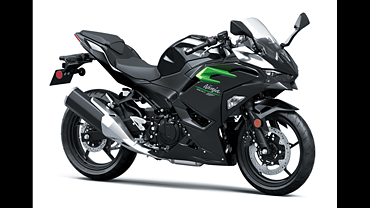


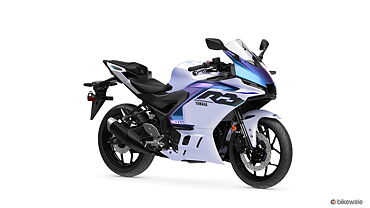


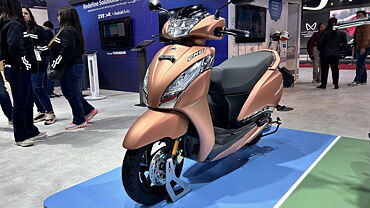
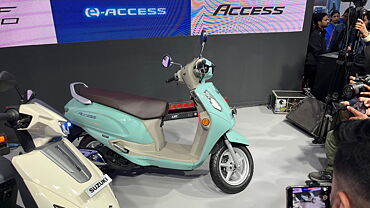
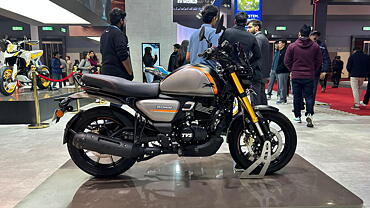
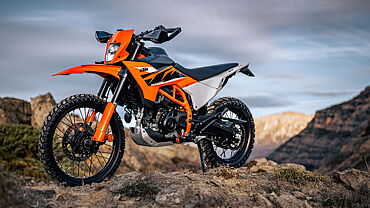



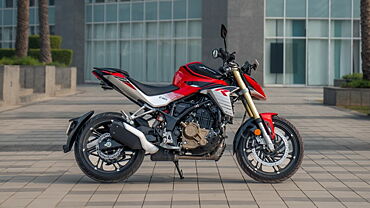
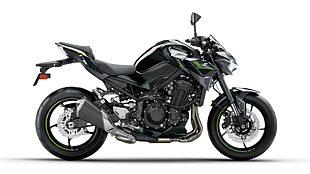
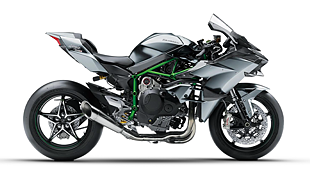






![KTM 390 Adventure X [2025] KTM 390 Adventure X [2025]](https://imgd.aeplcdn.com/272x153/n/cw/ec/190885/390-adventure-x-2025-right-side-view.jpeg?isig=0&q=80)